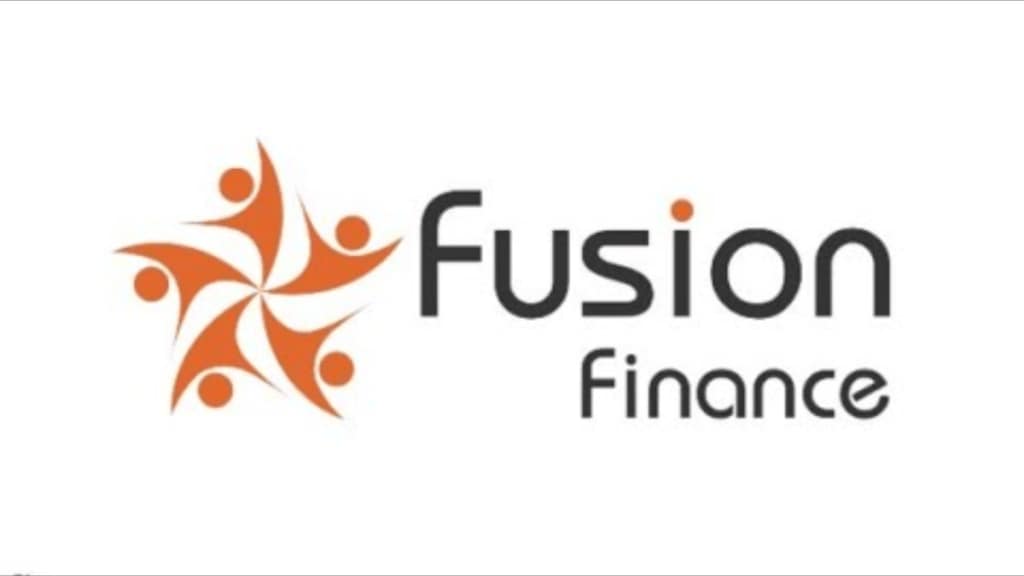Warburg Pincus-led Fusion Finance is emerging from a turbulent phase marked by rural over-leverage and structural stress, which has seen it making a conscious effort to cut flab by reducing its loan book by nearly 28% to Rs 8,000 crore from Rs 11,000 crore a year ago. The crisis, triggered by regulatory relaxation, led borrowers to take on more debt than they could manage. “Borrowers took on more debt than they could manage,” said Sanjay Garyali, CEO at Fusion Finance, attributing the downturn to behavioural shifts and internal credit process gaps.
While disbursements were slowed to prevent further deterioration, the challenge ran deeper than credit metrics. Political disruptions such as loan waiver promises and stagnating rural demand compounded the pressure. “The spike in NPAs was a symptom. The root cause lay in weak guardrails and informal income profiles,” Garyali noted. With auditors flagging viability concerns, Fusion overhauled its lending structure. At its peak, gross NPAs breached 10%. Today, GNPA has declined to 5.5%, with net NPA at just 0.2%. “We aim to bring down our GNPA below 5% this fiscal,” Garyali said. “Credit cost for Q1 was around 2%, and we aim to stabilise it below 3% annually.”
Fresh capital and sharper risk lens
With 80% of borrowing sourced from banks, Fusion recently completed an Rs 800 crore rights issue, boosting capital adequacy to 29%. “Rs 400 crore remains callable,” Garyali added. Since the rights issue at Rs 131 per share in April 2025, Fusion’s stock is trading around Rs 180. Operating across 22 states, Uttar Pradesh and Bihar contribute nearly 48% of its business. “We are expanding in Assam and Andhra Pradesh while reducing exposure in Orissa and Gujarat due to over-leveraging concerns,” he said.
Central to the recovery was a tighter credit lens and deployment of 8–10 proprietary guardrails, far exceeding the industry norm of three. These include bureau vintage, behavioural scoring, and internal risk flags. “If EMI is within means, defaults won’t happen. The industry is maturing in identifying credit-hungry customers,” Garyali said. “76% of new loans now go to repeat borrowers with clean histories.”
MSME diversification to drive growth
Monthly disbursements have rebounded to Rs 400 crore, up from Rs 250 crore at the trough. The new loan book now accounts for 45% of total assets, with a collection efficiency rate of 99.5%. Fusion’s Rs 700 crore MSME book—90% secured—is focused on micro LAP loans in tier 4–6 towns. “MSME will be our diversification lever,” Garyali said.
With improved credit quality, Fusion is optimistic about a turnaround by FY26-end. Microfinance still dominates (92-93% portfolio), but MSME will be a distinct business unit. Fusion employs 14,500 people and is investing in tech-enabled efficiency. “We’re building a culture of trust and transformation,” he added.

